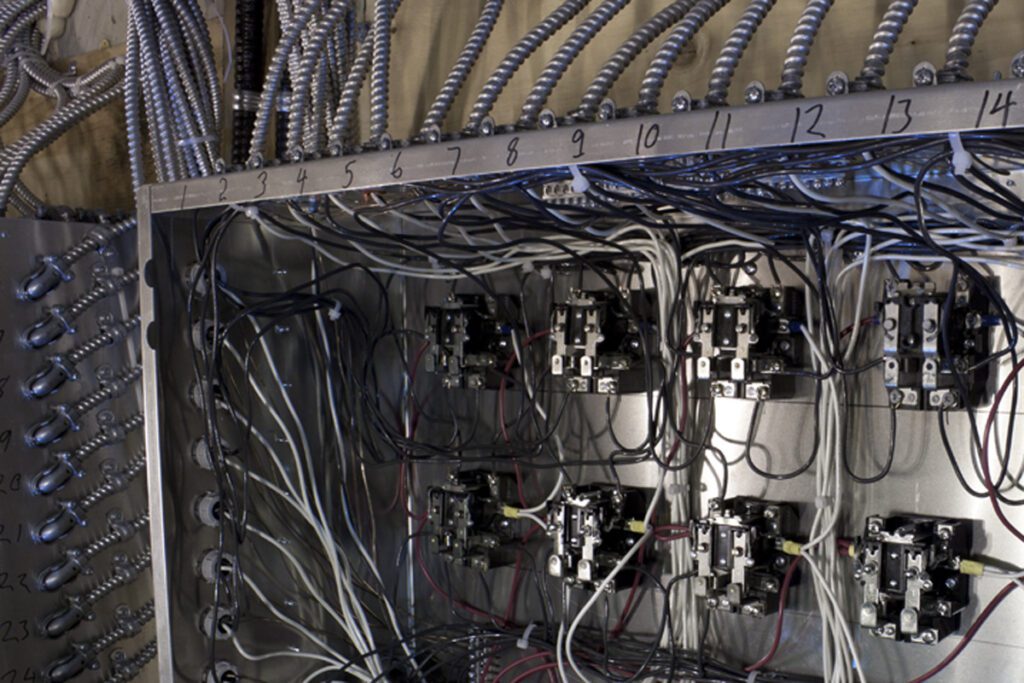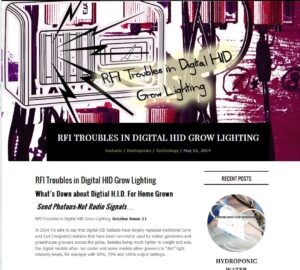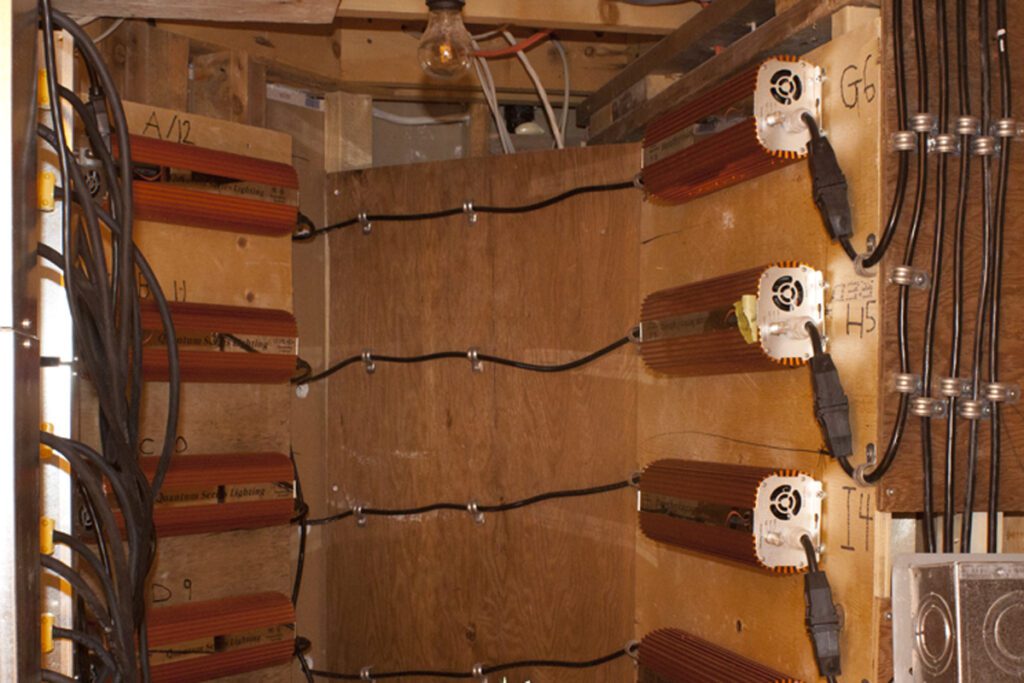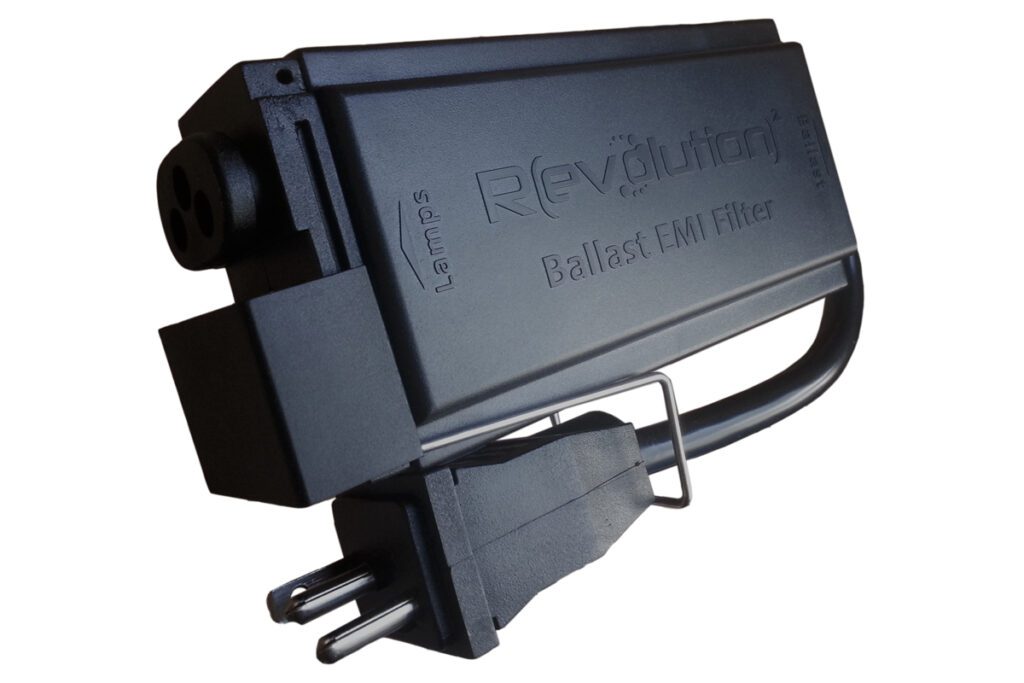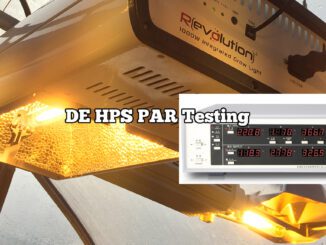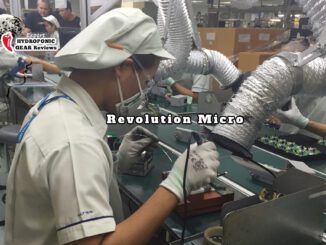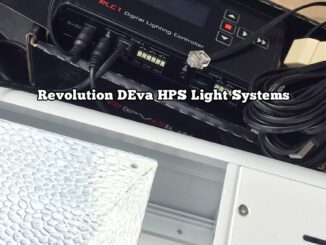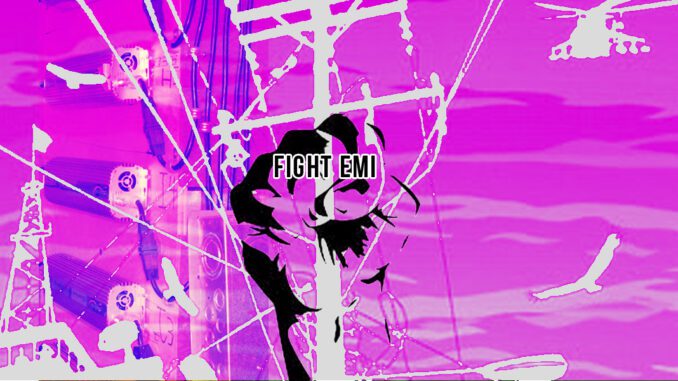
Fight EMI
Electromagnetic Interference from Grow Ballasts
Finally indoor and greenhouse growers have an effective way to fight EMI, that’s Electromagnetic Interference-a problem originating from a lot of digital ballasts commonly used today. Back in Spring of 2014, in | Grozine Issue Eleven | we told you about this real growing concern found in many grow rooms and greenhouses by way of electronic HID grow light kits. RFI (Radio Frequency Interference) is the result of EMI.
[quote] what is not up for debate is that high levels of EMI produced by LED and HID lighting often interferes with cell phone service, cable television, radio and WiFi.[/quote]
If your aren’t yet familiar with this problem, and you should be in order to fight EMI, you can read the Online Version | HERE |
As Sun-Tzu stated in the Art of War: “So it is said that if you know your enemies and know yourself, you can win a hundred battles without a single loss”
What You Need to Know to Fight EMI
(From FightEMI.com)
EMI or Electromagnetic Interference, is the result of undesired radio emissions from electronic equipment. From from iPads to dishwashers, all electronic devices emit a certain amount of EMI. Depending upon the technology’s intended use, FCC and CISPR require different levels of certification for both conducted and radiated noise. A cell phone, computer or TV must meet the Consumer standard because of their close proximity to other consumer products that could malfunction. Non-consumer, or Industrial standards have lower requirements for EMI emissions.
While there’s an ongoing debate about whether or not EMI has an influence on plants, what is not up for debate is that high levels of EMI produced by LED and HID lighting often interferes with cell phone service, cable television, radio and WiFi.
It is now common knowledge that you can easily find and precisely locate grow ops just by driving up and down the street with a scanner or AM radio. Disruptions in service have brought the cable companies knocking on doors informing the owner that “something” in their home is the source of the neighborhood’s connectivity problems. The FCC has also begun the citing and fining individuals for violating EMI emission standards and turning off lights.
Replacing all the non-compliant ballasts in a grow is very expensive, so we’ve brought out a simple fix to keep unwanted visitors with radios away from your grow. Just plug the RevMicro EMI Filter in between your ballast and hood and watch the noise drop away. Dual output connector fits both Sunlight-style and Hydrofarm-style hoods, so just plug it in.
Real-world grows have shown a 30-45 dB drop in high frequency noise, enough to quiet down even the noisiest NoNoLux no-name ballast.
Above: Looks innocent enough, but the EMI that results when these ballasts are operating can cause serious problems with things like phones, TV Cable, Internet and WiFi just to name a few, that can be traced right back to where the ballasts are located while operating.
Solutions to Fight EMI:
- Use MAGNETIC (core & coil) HID ballasts-while the tech is near 100 years old it still works reasonably well
- Use LOW FREQUENCY digital ballasts-there aren’t many brands like this available, and they tend to be spendy
- Use only PROPERLY SHIELDED ballasts-an improvement, but the real solution is in making ballasts that don’t generate ultra high frequencies to begin with
- Add an EMI Filter to Your Electronic Ballasts-effective and no need to replace anything
Why Use an Electronic Filter to Fight EMI?
The EMI Filter (pictured above) effectively stops EMI issues in digital or electronic HID grow lighting ballast systems. This is your best bet to fight EMI because you don’t have to replace any of your existing and often expensive grow lighting. Simply plug the inexpensive device (about $29.95 USD) into the lamp cord receptacle that comes off of your ballast. Don’t worry, the female cord receptacle is universal, so it will fit most major brands like Sunlight Supply or HydroFarm models. That’s it! You’re done–no more worries about RFI or EMI issues from your HID grow lighting equipment.
Why the F$%K Were My Ballasts Supplied Like This?
Fair question, one that is best forwarded to the manufacturer of your digital HID grow lighting equipment. Almost all the electronic ballasts supplied to your vendor (remember, your local hydro shop owner doesn’t make these things, they sell them) come with an “FCC Compliance” sticker on them and or printed right on the carton.
Our take on it is that overseas foreign manufacturers typically could care less about EMI–that’s after the fact for them.
Their goal is to supply a digital HID ballast at the lowest cost possible that produces reasonably good crop lighting with a low rate of failures.
We hope that in the future the main suppliers that distribute ballasts to the home growing market would take the time and diligence to actually test what it is they are selling BEFORE they sell thousands upon thousands of units to retailers who ultimately sell it to the growing public. While this could be a bone of contention for any grower now facing this issue, we can at least be thankful for the innovative companies that identify real life issues that growers face and then develop and offer affordable solutions to them.

